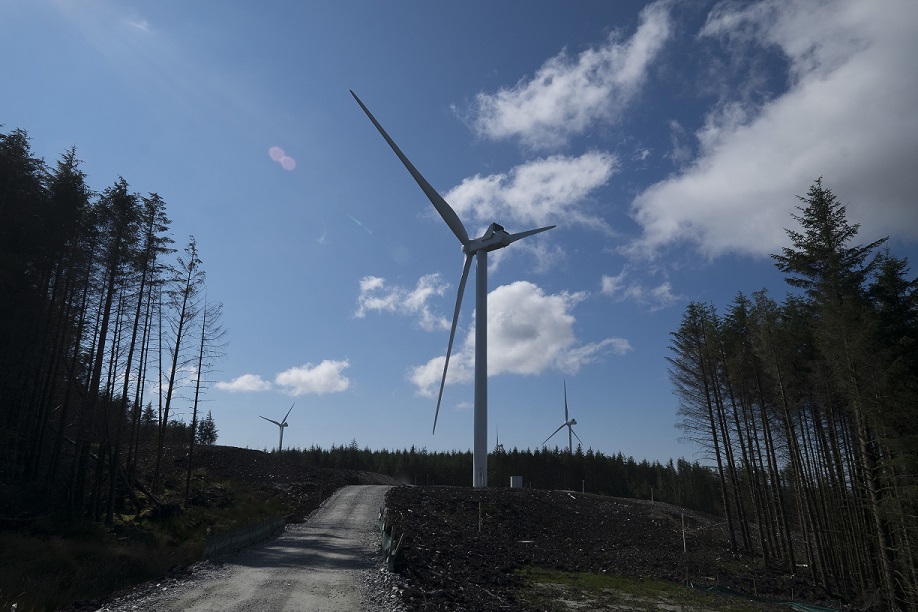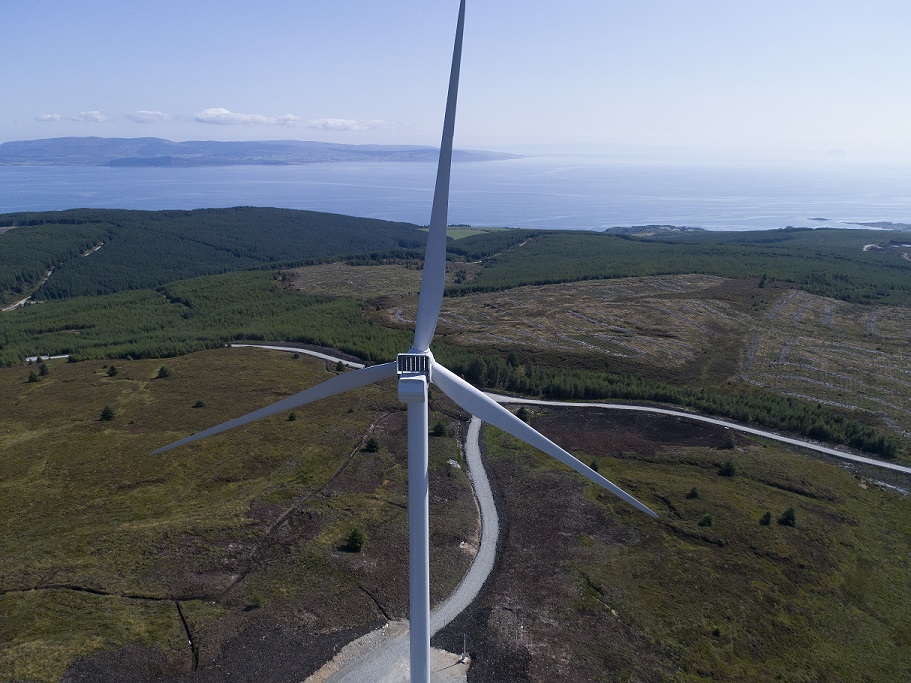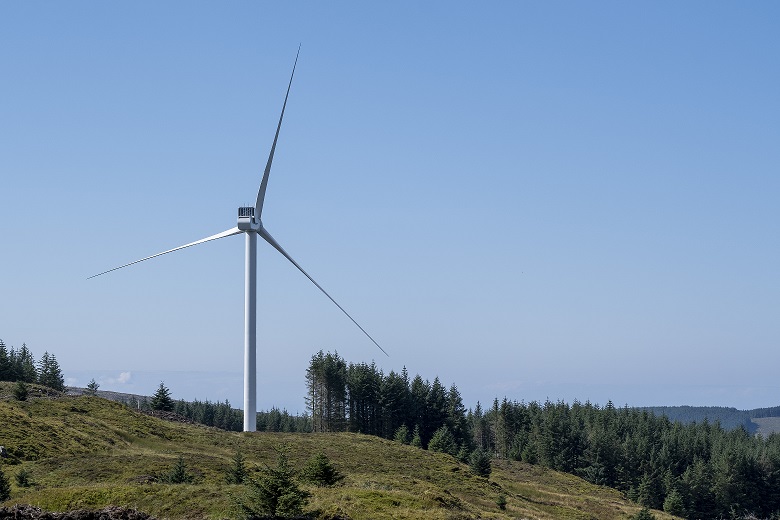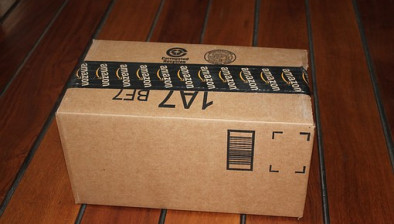Amazon’s first Scottish wind farm project now operational
The first renewable energy project to be delivered in the UK by Amazon is now operational and delivering clean energy to the grid.

Located on the Kintyre Peninsula, the wind farm is one of the largest unsubsidised onshore wind projects in the UK.
Amazon is purchasing 100% of the power output from this new 50 megawatt (MW) wind farm, which is expected to deliver 168,000 megawatt hours (MWh) of clean energy annually; enough energy to power 46,000 UK homes.
This is the first of four new, large-scale renewable energy projects in the UK enabled by Amazon–all built at no cost to the public. Together, these projects will provide a total capacity of 529 MW of clean energy, supporting both the UK and Scotland in meeting their 2030 renewable energy targets.

Amazon is the largest corporate buyer of renewable energy in Europe with announced investments to supply over 2.7 gigawatts (GW) of new electricity production capacity. Once complete, these projects will produce more than 8.4 million megawatt hours (MWh) of renewable energy annually, which is enough to power 2.2 million average European homes for a year.
The energy generated from these projects will power Amazon and AWS data centres, corporate offices, and fulfilment centres across the UK, helping the company to serve millions of customers across the globe.

“We are excited that our first Scottish windfarm is now operational. This is the first of four large-scale projects that Amazon has committed to in the UK so far, each of which contribute toward our aim to power operations with 100% renewable energy,” explained Kenneth Matthews, head of energy, EMEA, Amazon Web Services.
“Amazon’s commitment to buy the power generated from these projects enables the developer to finance and build them. It sends a clear message that a project of this size can be delivered without public subsidies.”

















